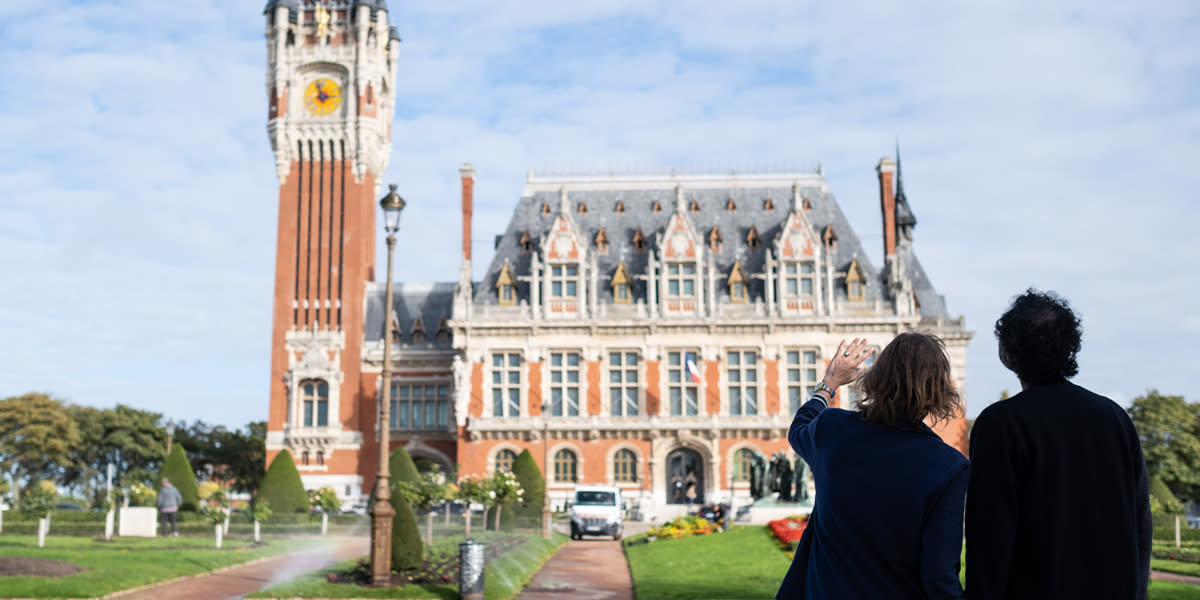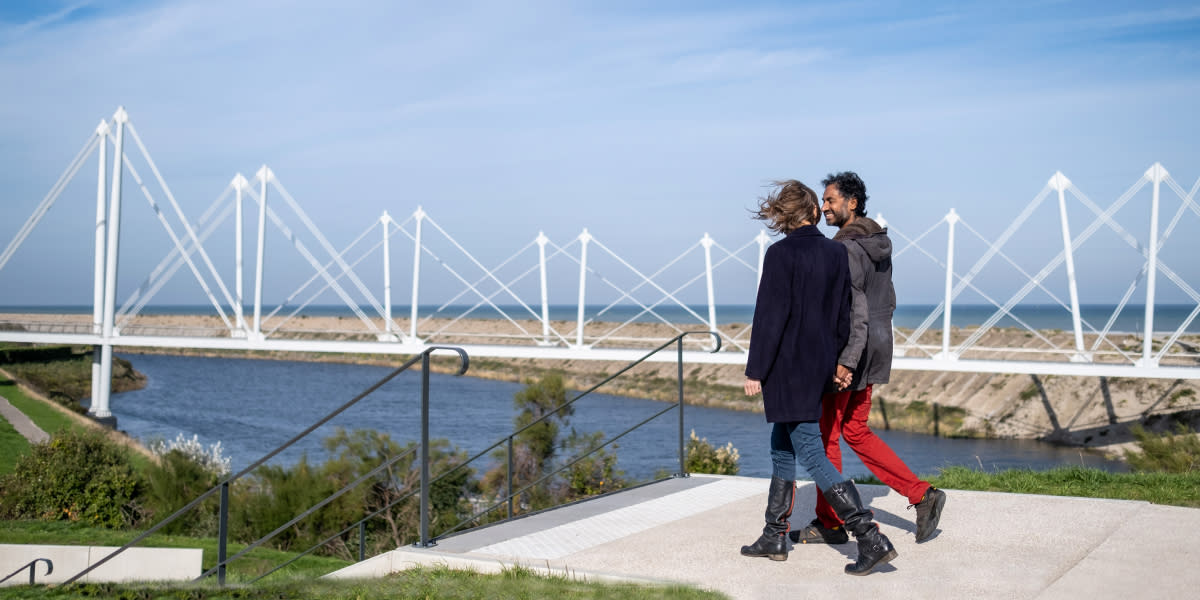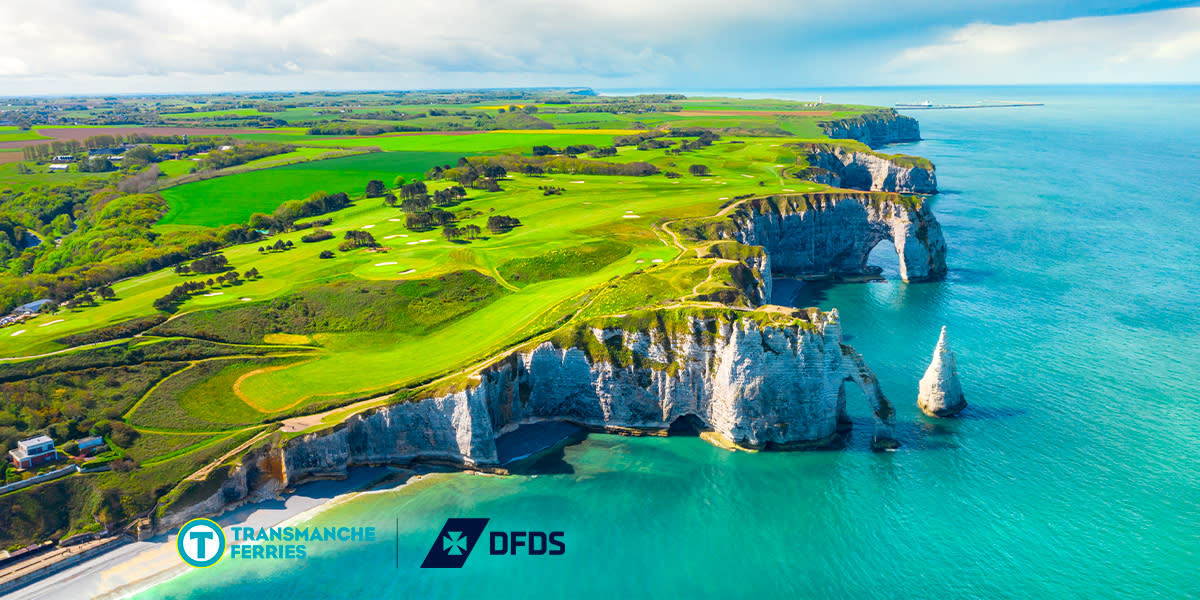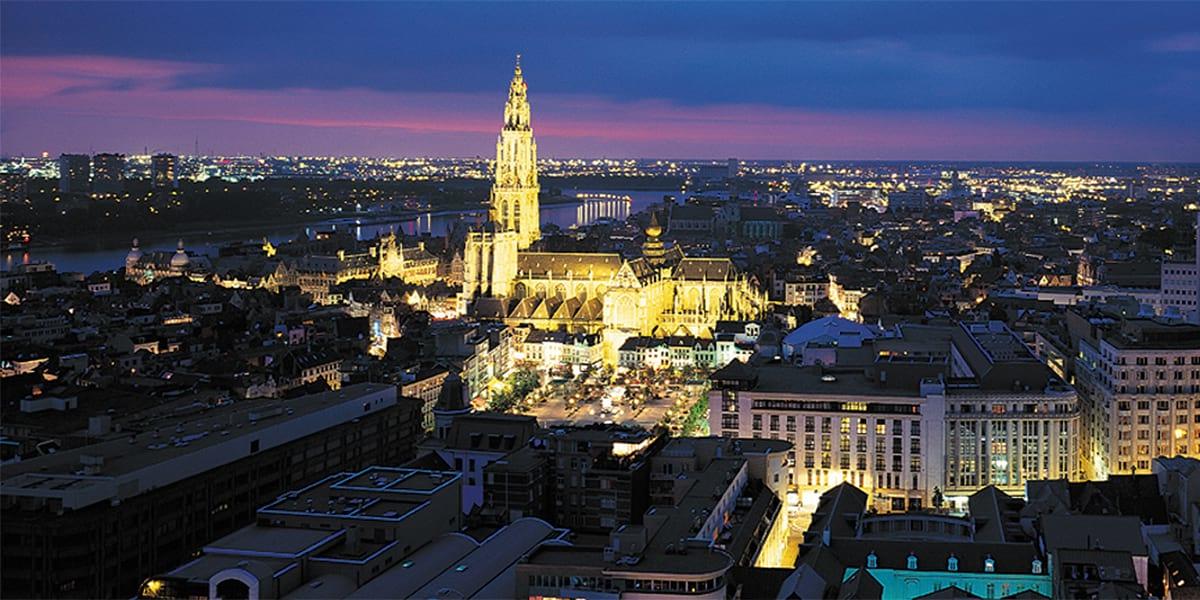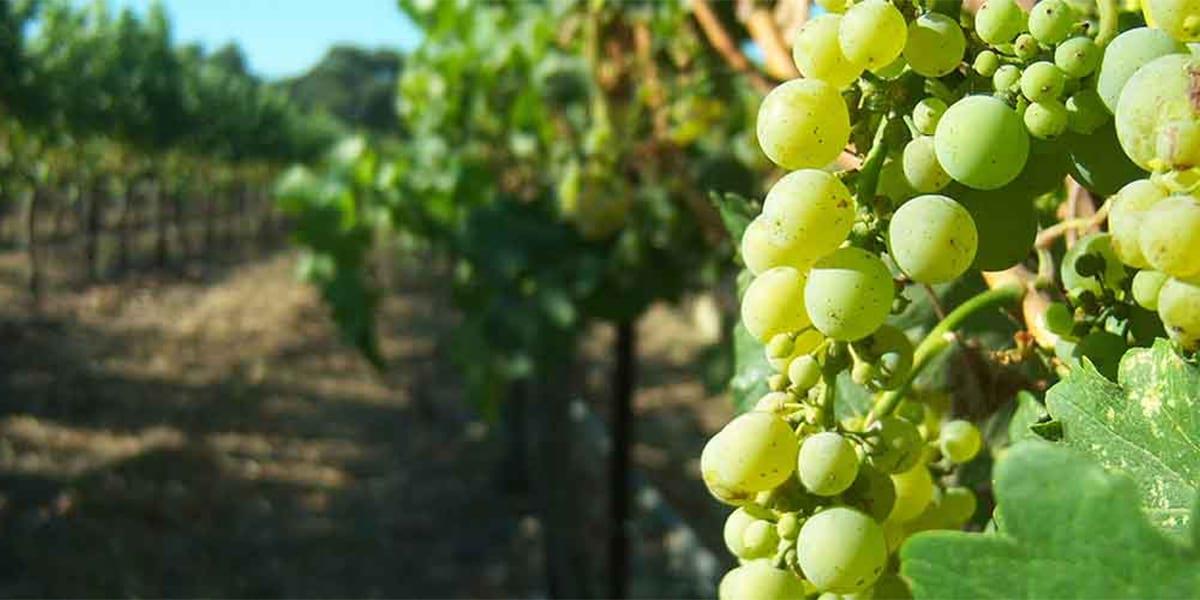
Your Essential Travel Guide To Wine In Belgium
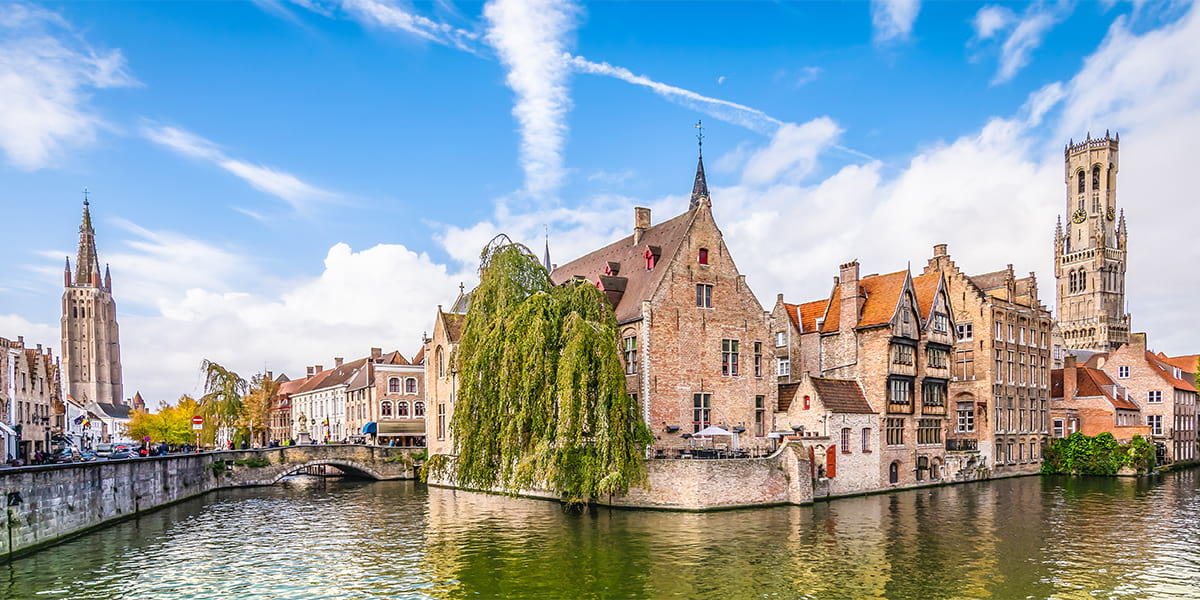
Discover Wines To Drink In Belgium
Belgium is famous for its great beers, but it also produces some fantastic, award-winning wines, and it’s particularly famed from its white and sparkling varieties. The two main wine regions in Belgium are Flanders and Wallonia. Wine produced in Flanders is called Vlaamse landwijn, while the Wallonian wine is known as Vin de pays des Jardins de Wallonie. Only a small amount of wine is produced in Belgium and very little is exported, so a tour around the vineyards is really the only way to sample this country’s superb produce.
DFDS has three ferry routes to France - Calais, Dieppe and Dunkirk and one to Amsterdam in Holland - so taking your car is a great way of seeing Belgium and makes it easy to do a tour of vineyards. There is also a great, toll free motorway system, as well as good A-roads, so driving around the country is an absolute breeze.
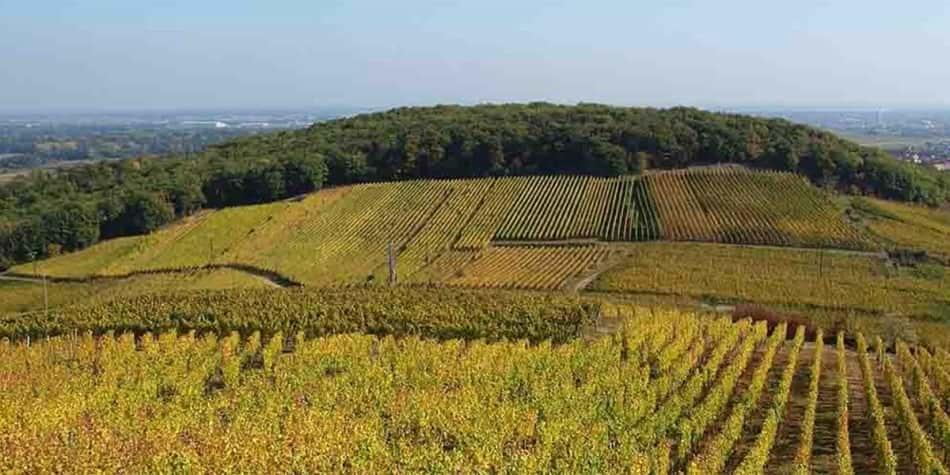
History
The Belgians have been producing wine since around the 9th century when land either side of the Meuse River was intensively cultivated as it offered well-exposed hillsides. Evidence of historic vinicultural can be found in many cities in Belgium in the form of local place names, such as Wijnberg, (mount of vines) Wijngaard (Dutch vineyard) Vivegnis and Vinalmont.
The first Belgian vineyards were cultivated in abbeys, so that the monks had something to drink at their many celebrations. Unfortunately for wine lovers, beer became more and more popular in Belgium and eventually surpassed wine as the most common tipple.
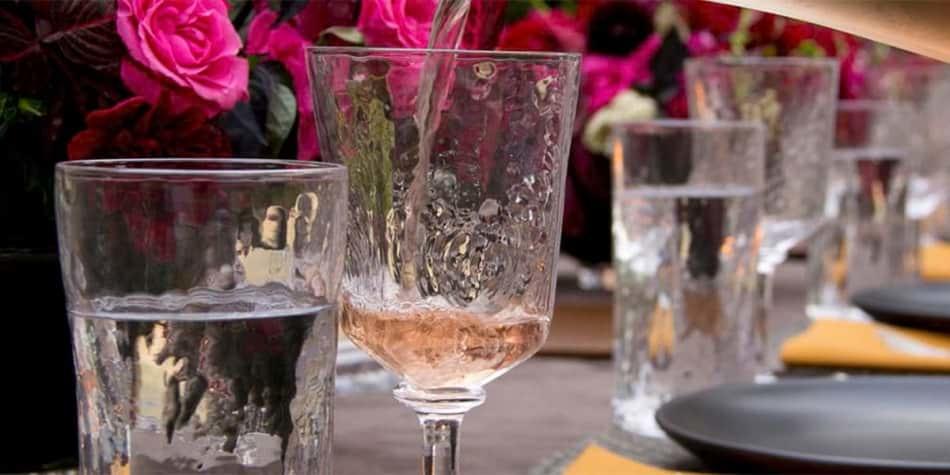
Variety
Many different wine styles are produced in Belgium, but like neighbours Luxemburg, Holland, the UK and most of Germany, Belgium is a cold-climate wine country, producing mainly sparkling and white wines.
The 50 different grapes Belgium grows range from Chardonnay and Pinot Gris to Riesling and Pinot Noir. The majority of grapes are grown in warmer areas like wall-enclosed vineyards, south facing slopes, near rivers, or near patches of forests that offer protection from the cold. In fact, there are only about 185 hectares of vineyards in the country, which makes Belgium the world's smallest wine producer.
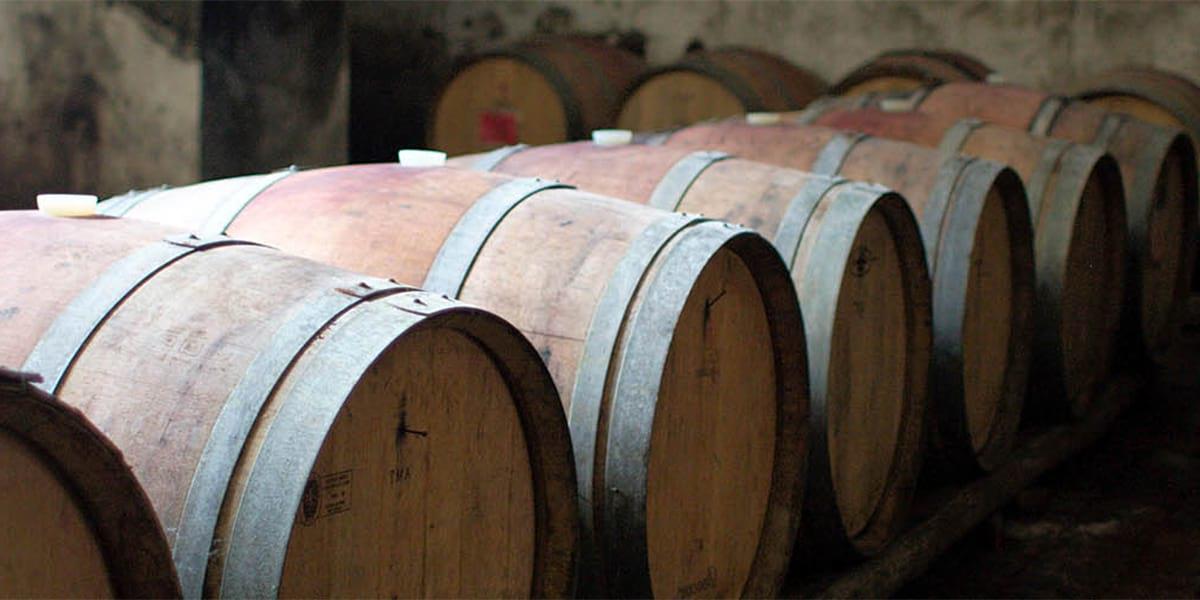
Vineyard tours
If you’re starting out in Brussels then it’s easy to plan a wine tour of Wallonia. You can stop off at a couple of vineyards a day while also sampling some traditional cuisine along the way. You will need to call first to arrange a tasting, but the welcome will be enthusiastic and friendly as this region is still off the beaten track for wine lovers.
The Domaine des Agaises vineyard is set in the idyllic Wallon countryside and a huge new wine cellar has just been added. Tucked away down a narrow lane in the region of Namur is the Domaine Viticole du Chenoy and the nearby Chateau de Bioul is one of the most famous vineyards in the region. If you’re planning a trip to Flanders then the chateau of Genoels-Elderen in Limburg is Europe’s most northern vineyard and can be found in the grounds of a stunning Belgian castle.

Festivals
Belgium has many beer festivals and you would probably stumble upon one most weekends. Wine festivals, however, are not so common, but towns and villages in Wallonia do hold small wine sampling events throughout the summer months.
Every December, Namur holds the Wine and Gastronomy Fair which is one of the oldest wine fairs in Belgium. There are around 100 exhibitors who will gladly chat about their winemaking skills while you sample their finest produce. If you’re interested in tasting wine from all over the world then Brussels hosts an event called Megavino, which showcases wine from over 32 countries. There you can sign up to a wine masterclass, attend numerous tastings and learn all about the history of winemaking.

